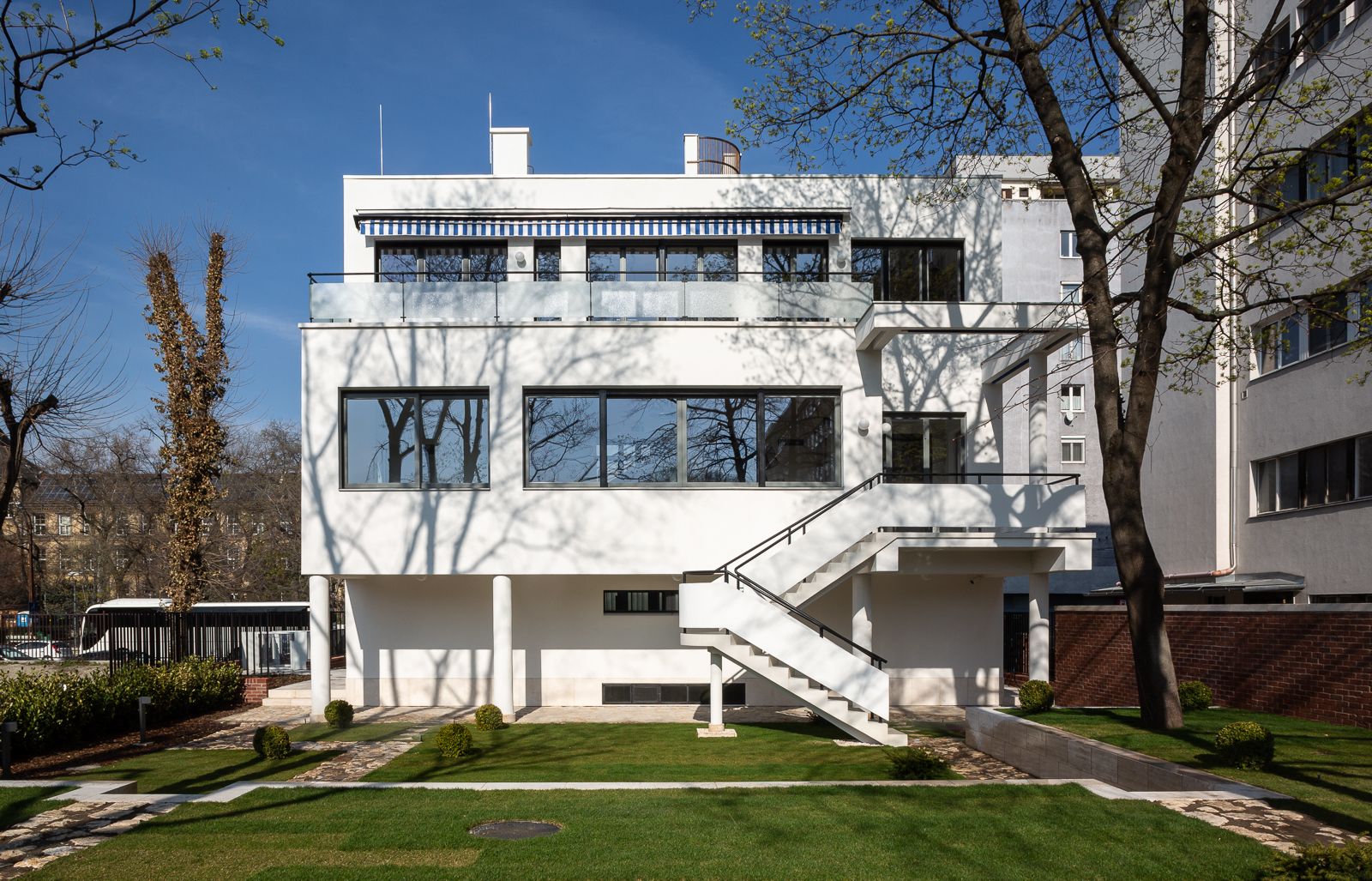Since its foundation in 1968, the Hungarian Museum of Architecture has been waiting for the moment to have a permanent exhibition space. Now it finally got one, not just any one: the institution found a home in the renovated modern building designed by József Fischer, in the former family house now called Rózsi Walter Villa. We took a tour of the only modernist villa in Hungary that is open to the public.
The renovation of the villa and its transformation into an exhibition space were financed by the Hungarian Academy of Arts between 2020 and 2022 based on the plans of architect László Kokas. The special feature of the building, which was inaugurated this spring, is that it is the first modernist villa in Hungary to be renovated with public funds, which is also open to the public. The house will now serve as the exhibition space of the Hungarian Museum of Architecture. The institution, which was founded in 1968, has a permanent exhibition space for the first time since its foundation.
The villa was named after Rózsi Walter, the former owner of the house, who was a famous opera star of her time. She and her husband, Géza Radó, contacted József Fischer with the design of the house. The architect was one of the dominant figures of Hungarian modernists, a friend of Farkas Molnár and Marcell Breuer, and his wife Eszter Pécsi, an engineer, was a pioneer in the structural engineering profession as the first woman. Radó came into contact with Fischer through a friend, whose sketches were convincing enough to get the assignment with his wife.
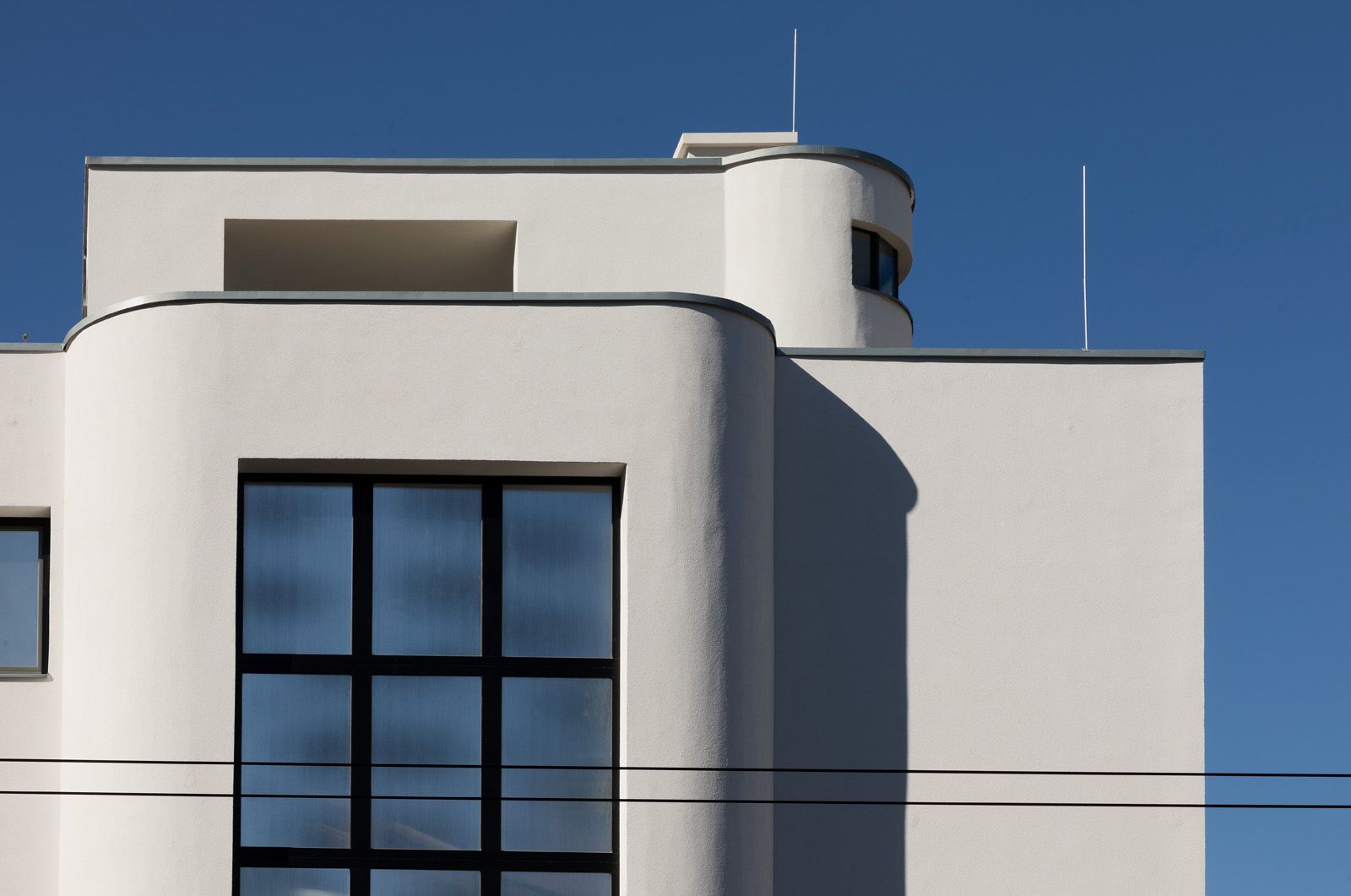
The house was completed in 1936, at a record speed compared to today’s construction practices, in just six months. The couple moved into the villa in Pest with their six-year-old child, Marika Radó-Walter, and brought with them their average middle-class furniture, which is mostly neo-Baroque, which amounted to violence against the modern building, but as an example of sustainability, we can also appreciate that the family did not immediately throw away their old furniture just because they moved. In the renovated building, the furniture is only reflected in archival footage, most of which was given to the museum by the ninety-year-old Marika Radó-Walter and her family, who live in South America. The villa was both a well-functioning living space and a place for social life. During the renovation, they tried to restore as many elements as possible (for example, the beautiful wooden stairs between the two floors) or to recall them with period objects (for example, the museum purchased several modern lamps and brackets from between two world wars). With the nationalization, the family had to move out of the villa, the former family house became a pediatric clinic and kindergarten, and the condition of the building was not really taken care of during this time.
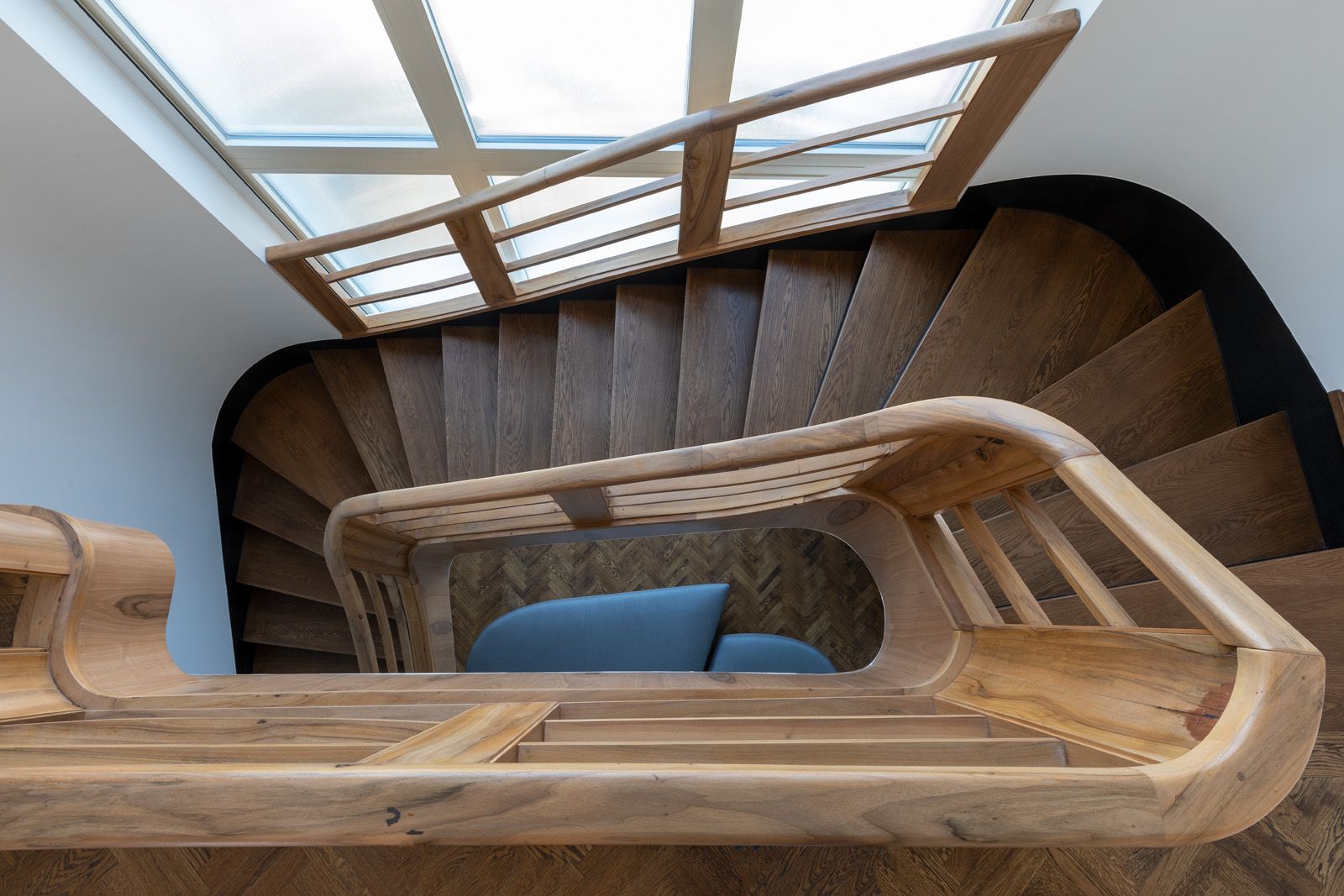
Although I have never been to a modern villa before, seeing the details of the building, I remembered some of what I heard and saw in architectural history lessons. Here, Le Corbusier’s ideas came back on a Hungarian scale and according to Fischer’s ideas: a standing house, a flat roof terrace, and the flooding of sunlight at every point. Modernists advocated health awareness, sunbathing, air bathing, regular exercise—that’s why there are many terraces, for example, the second-floor terrace of the Rózsi Walter Villa could be accessed from every room. The building was equipped with all the amenities of the age, the ground floor and the service room were occupied by the staff, the first floor was the social space, the lounge and the back kitchen, and the second floor was the private spaces of the three-member family beyond the bathrooms: Rózsi Walter’s bedroom, Géza Radó’s bedroom and study, and Marika’s nursery.
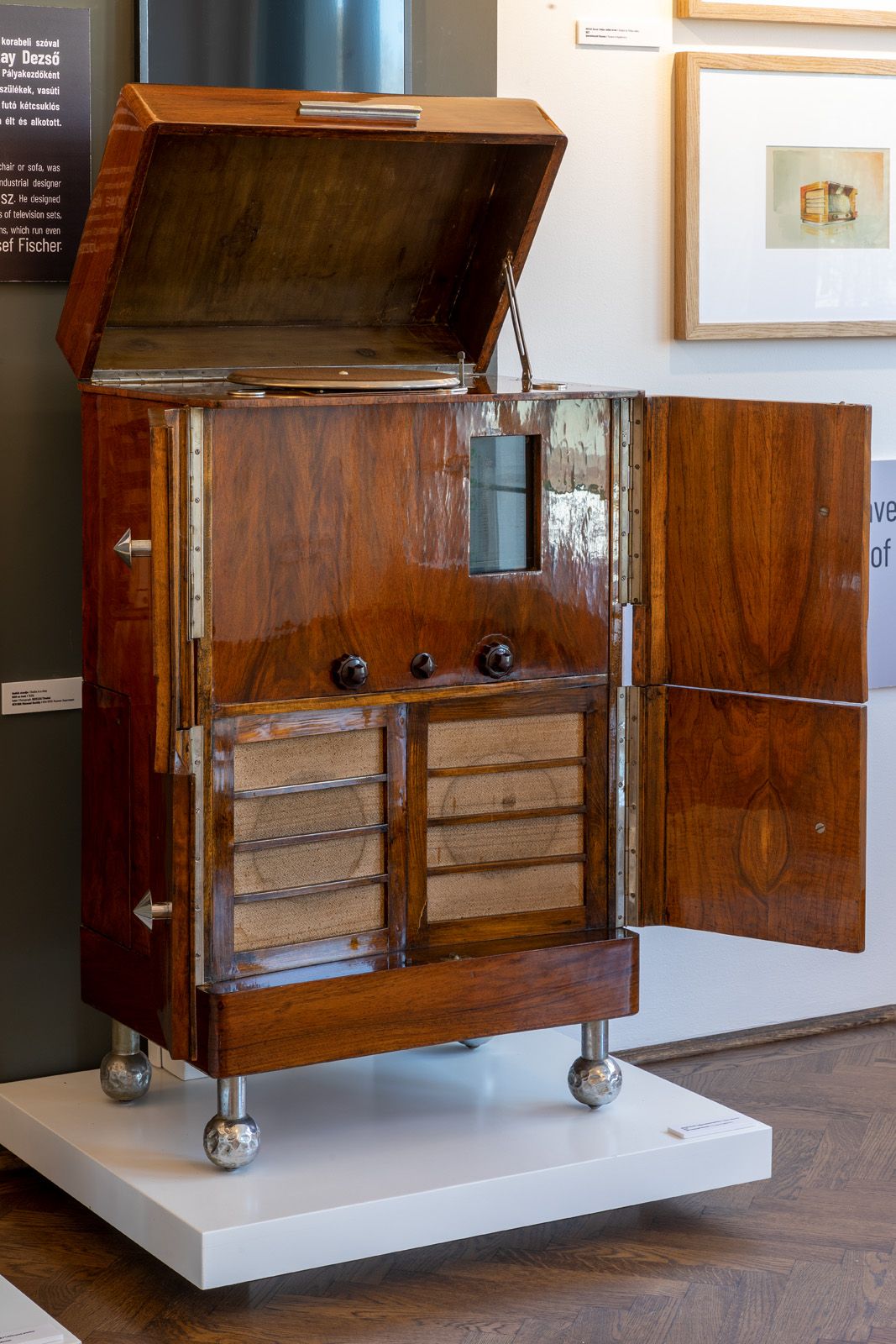
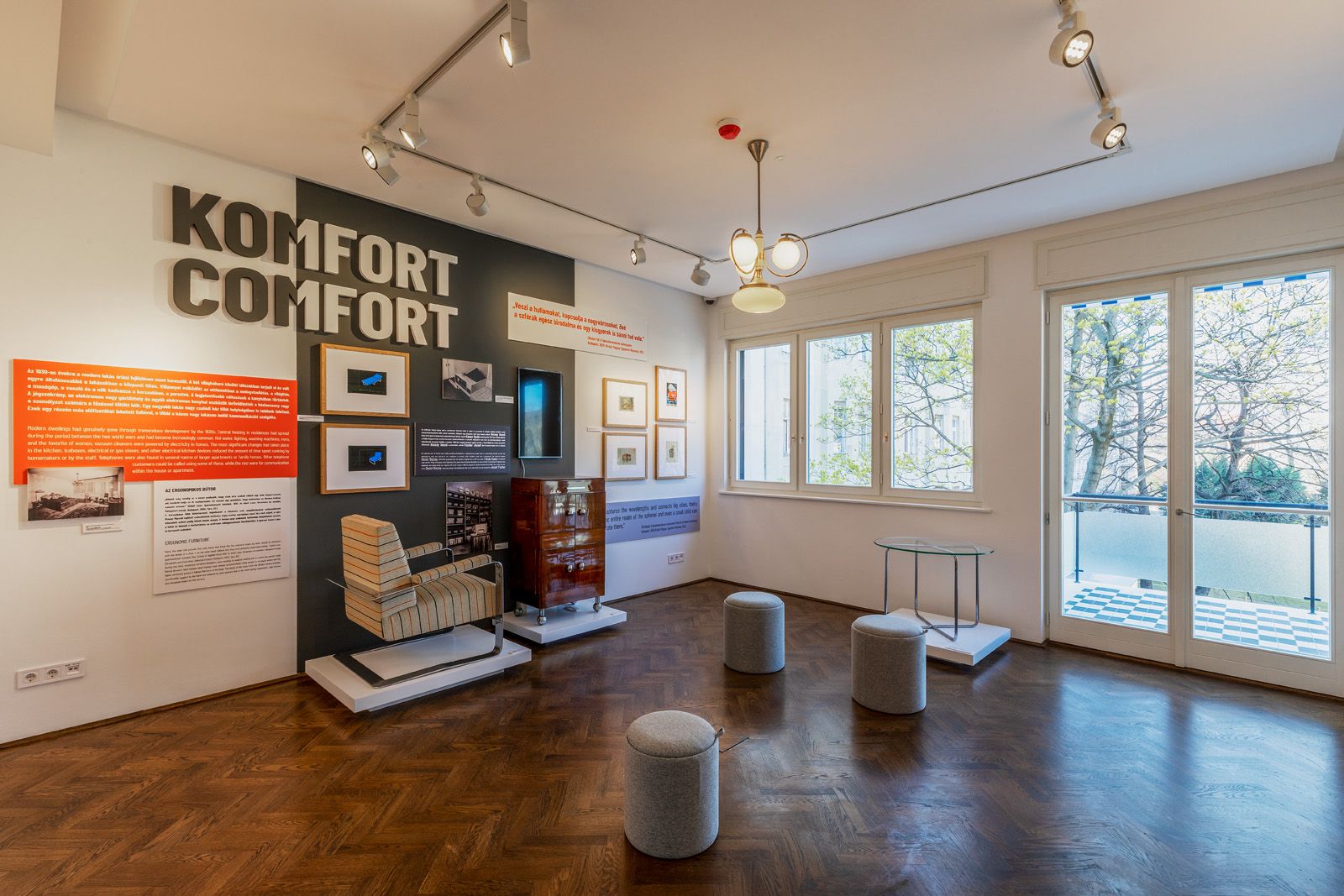
The opening exhibition entitled “Stages and Places. Modern Houses in Hungary 1928–1945” has several functions at the same time. The exhibition, which responds to the words game, work, comfort, color, hygiene and health, presents the characteristics of the architecture and design history of the era, such as the modern workstation with József Fischer’s desk and Breuer’s tubular chair, in which Breuer probably also worked. On the other hand, the exhibition provides an insight into the life of the former owners of the villa, both in the recall of space functions and by showing specific objects or archival recordings (for example, Marika had her own bathroom and read Hauff’s Collected works). The experience provided by the building, the history of the Walter-Radó family and the domestic results of modern architecture and design form an exciting fusion at the exhibition, which can be visited for a whole year, until May 2023.


Stages and Places. Modern Houses in Hungary 1928–1945
Curators: Pál Ritoók, Fanni Izabella Magyaróvári, Ágnes Anna Sebestyén
May 18, 2022—May 21, 2023
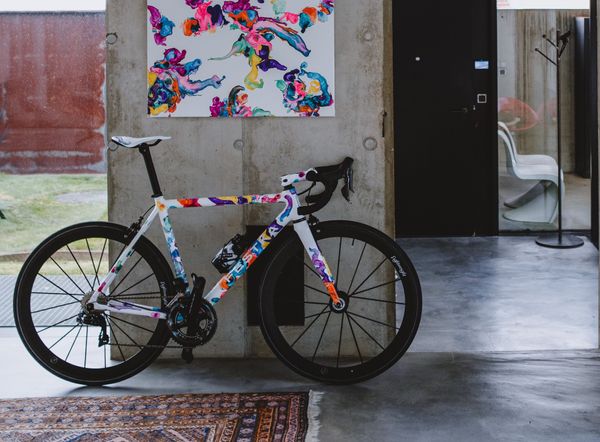
Cruise the city in style with this bike brand | Festka

Mobile wearable contemporary art | Skechers X Miklós Kiss










